

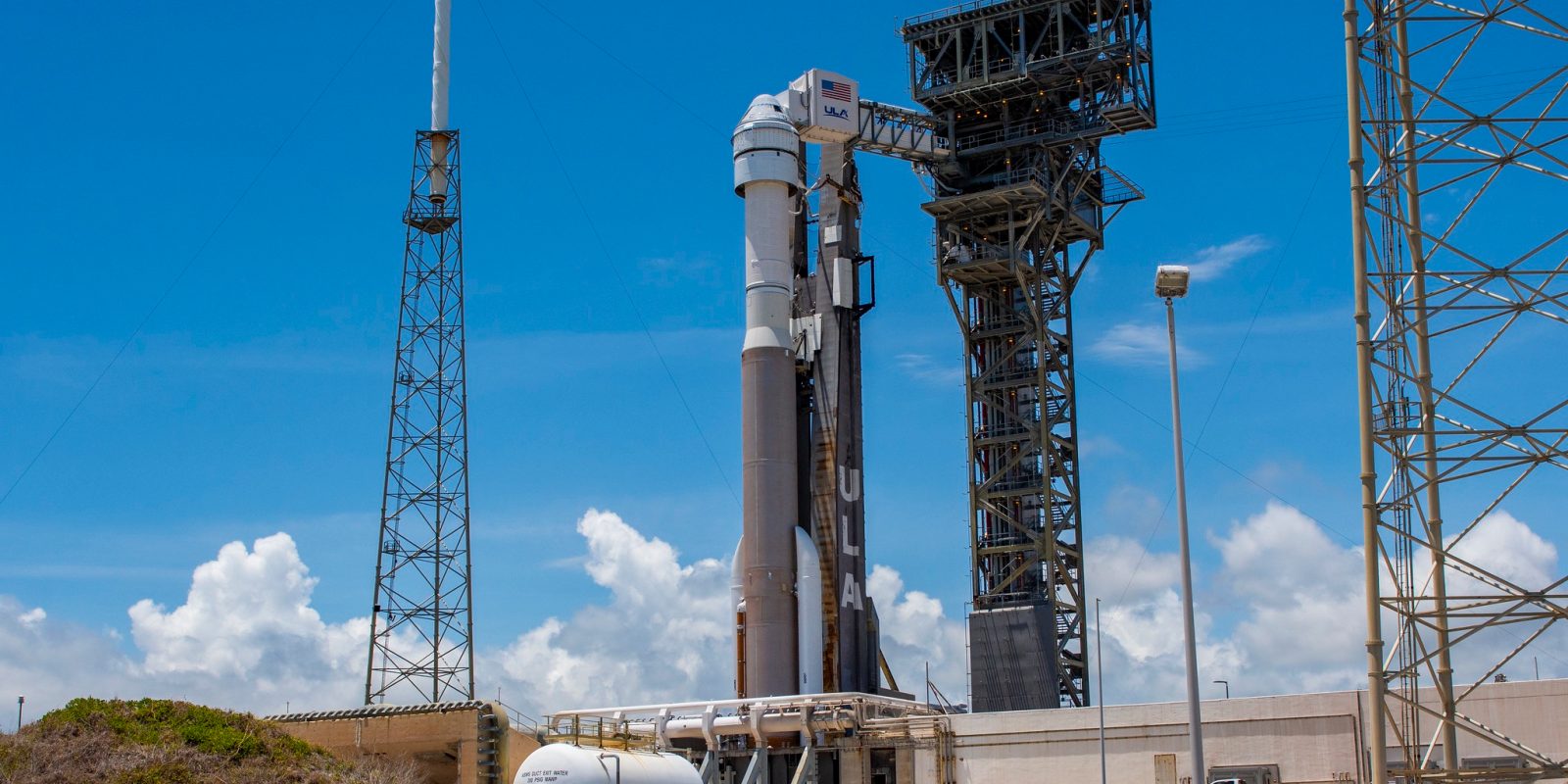
After a long road of delays, technical failures, and two inflight tests, Boeing‘s Starliner is finally at the pad and ready to launch later today. The mission will be a major milestone for Boeing, who is desperate for a win right now, but it might show that the world has moved on from legacy providers.
Expand Expanding Close
In a report by Reuters, the publication uncovered SpaceX‘s continued high injury rates have yet to come down from years prior. For some locations, SpaceX is over nine times higher than the industry average.
Expand Expanding Close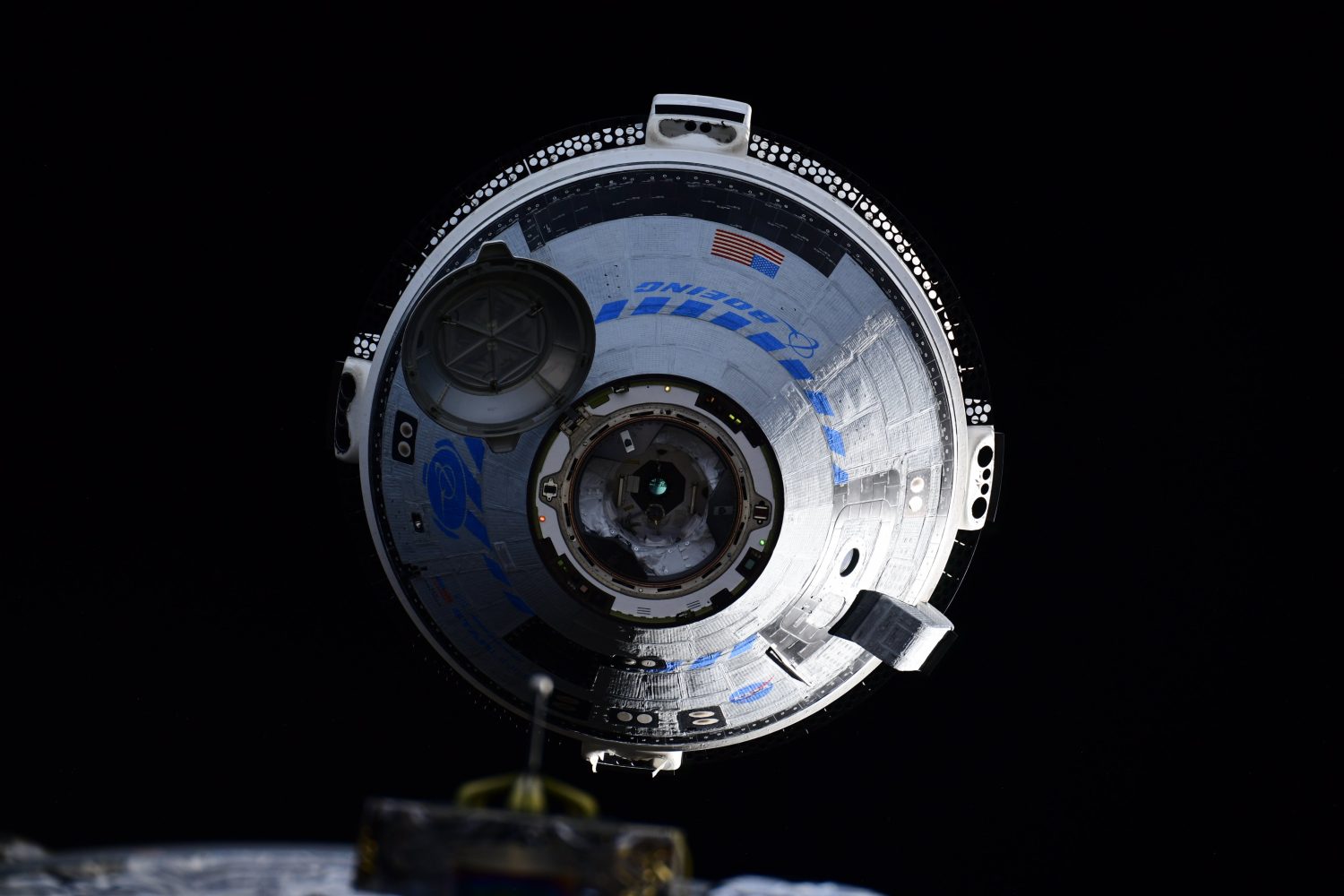
By the end of the week the International Space Station will be fully ready to support Boeing Starliner’s Crewed Test Flight with an opening on the forward docking port on the station’s Harmony Module. This will be completed with the reshuffling of two SpaceX Dragon spacecraft.
Expand Expanding Close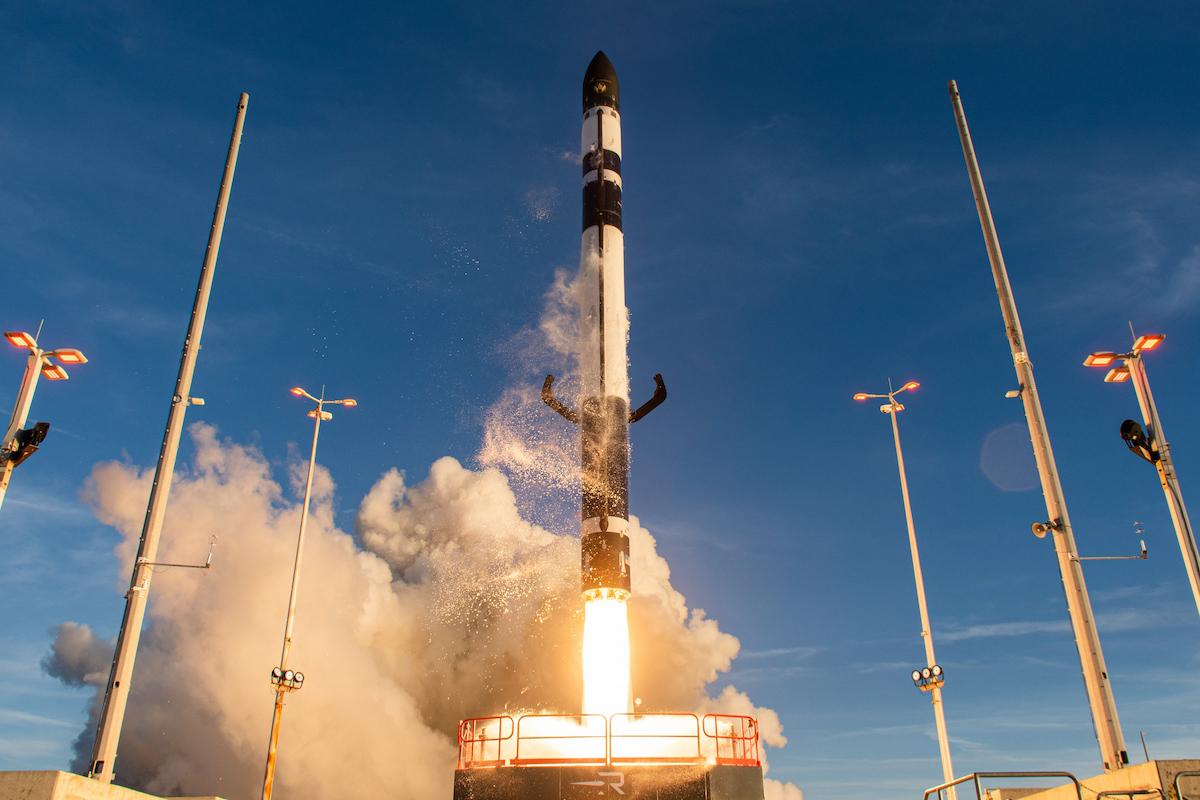
Rocket Lab set this year up for great success as it hopes to both bring a new vehicle closer to operation by the end of 2024 while also launching up to 22 Electron rockets. Between the regular old electron and the HASTE test vehicle flavors, here’s a list of all rockets Rocket Lab has launched so far in 2024.
Expand Expanding Close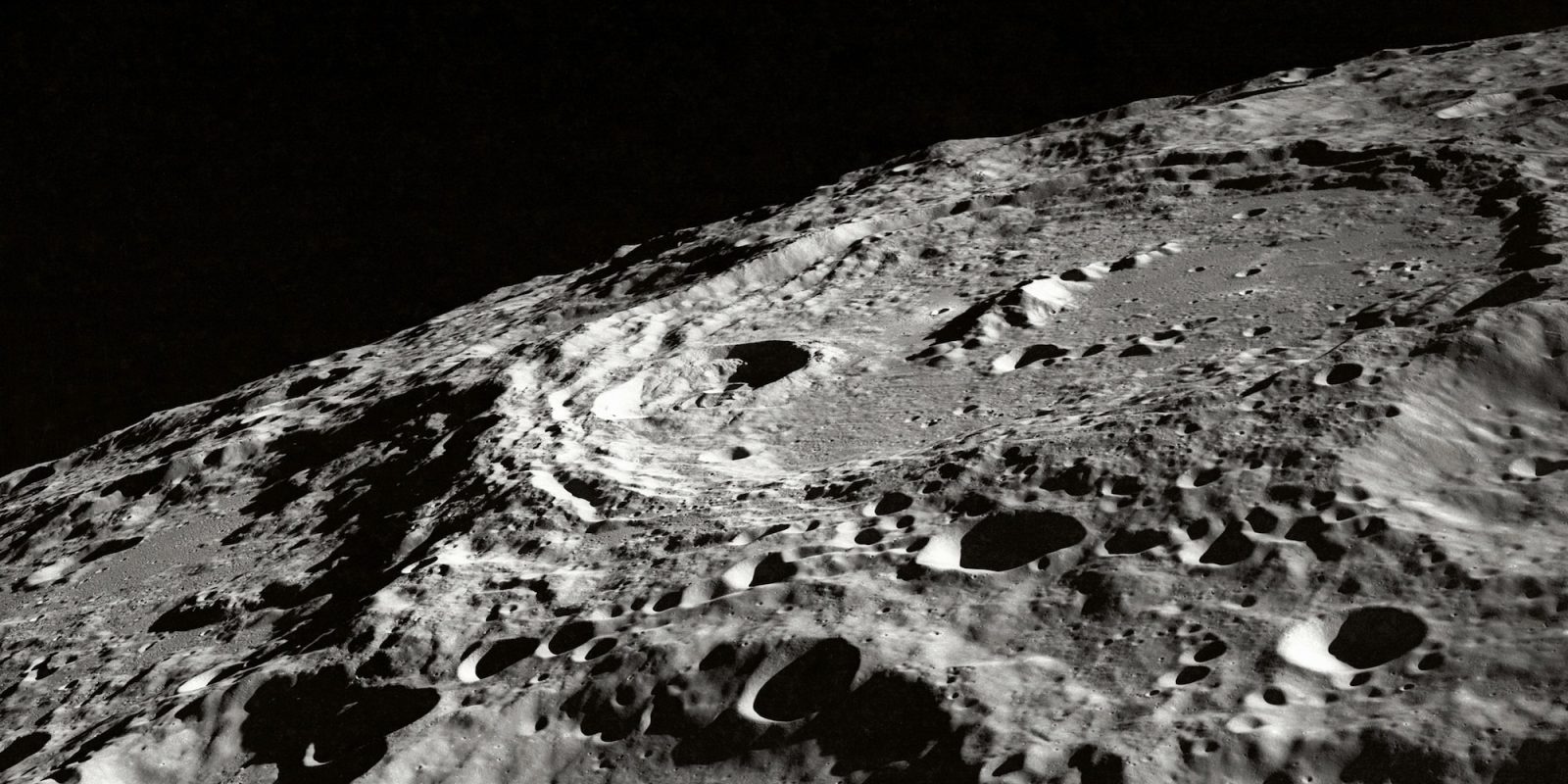
This week SpaceX will attempt another three launch week, with two of those mission scheduled from the West Coast. The headline mission for the week will actually come out of China, a Long March 5 rocket is scheduled to liftoff Friday with the country’s next lunar sample return mission, this time from the far side of the Moon.
Expand Expanding Close
A staple of the airshow/fly-in season, EAA’s AirVenture is back again in Oshkosh, Wisconsin with headline performers like twin B-29s and the Canadian Forces Snowbirds.
Expand Expanding Close
Over the last few weeks NASA has announced a plethora of partnerships and contracts for lunar rovers that astronauts will eventually use on future Artemis missions. Those rovers will of course need a ride to the Moon, which will come in the like of cargo variants of NASA’s HLS landers, Starship and Blue Moon.
Expand Expanding Close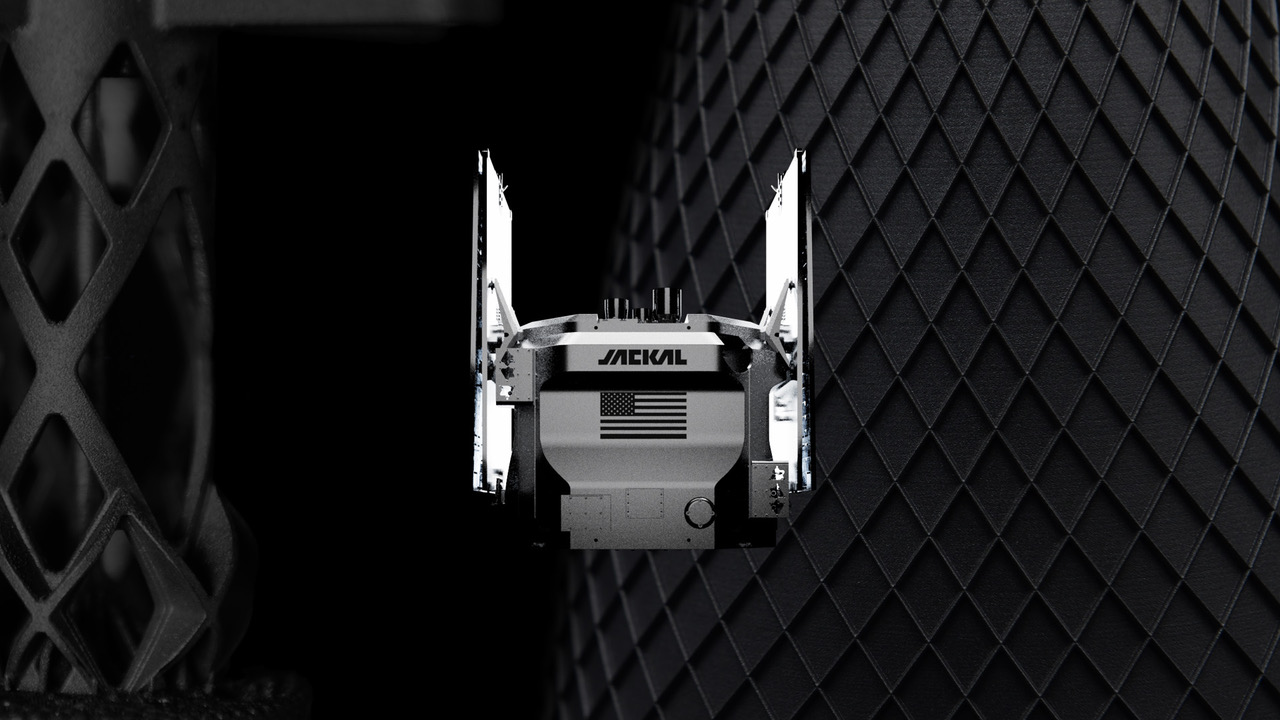
Agile Space Industries is set to deliver advanced propulsion technologies to True Anomaly, enhancing the capabilities of the Jackal autonomous orbital vehicle (AOV) for the U.S. Space Systems Command’s Victus Haze demonstration. Slated for 2025, the Victus Haze mission’s objective is to showcase the potential of commercial technologies to support future tactically responsive space operations.
Expand Expanding Close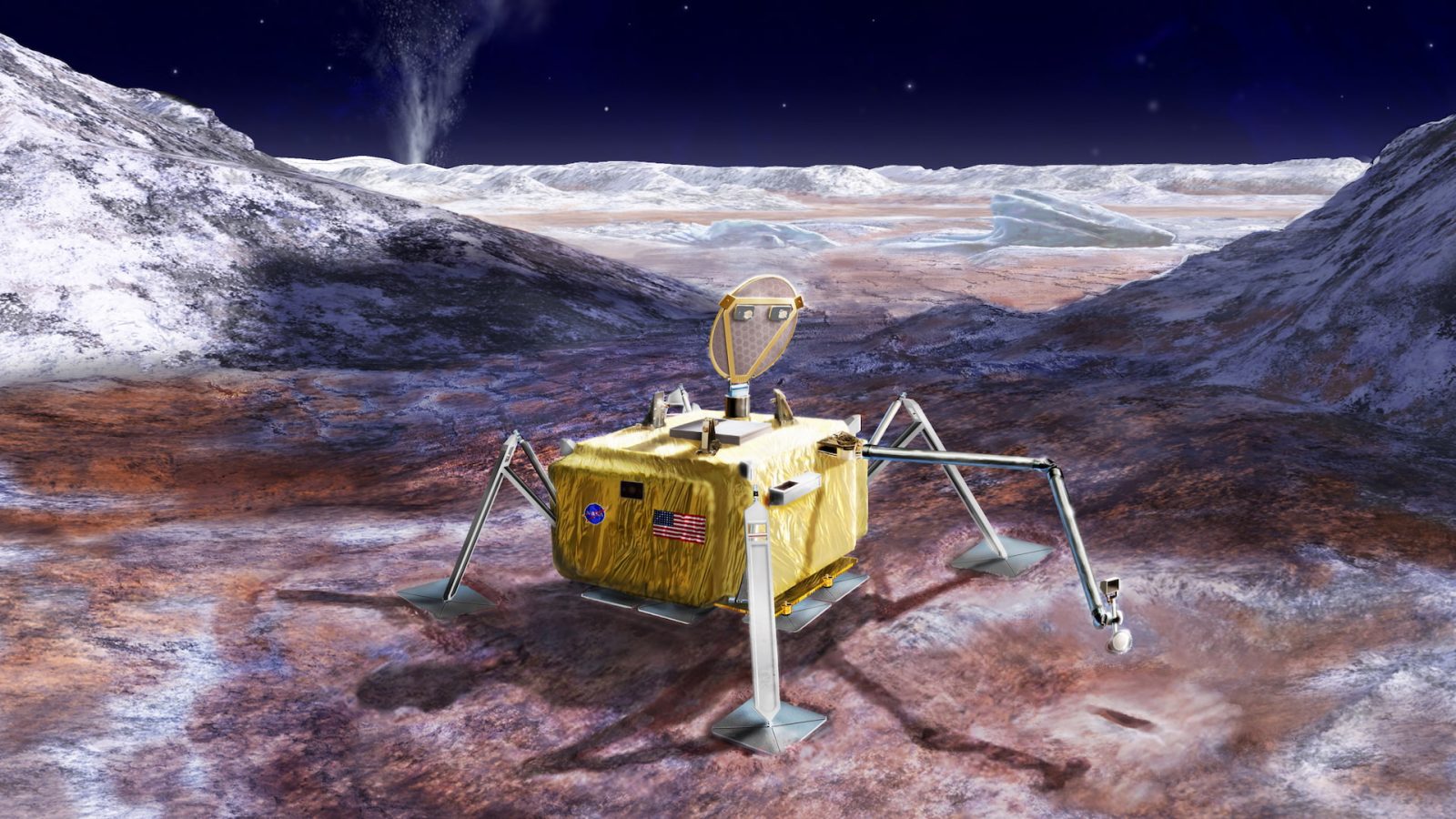
As humanity continues its relentless pursuit of the cosmos, engineers at NASA‘s Jet Propulsion Laboratory are working on an ambitious concept for a journey to one of the most promising locales for extraterrestrial life within our solar system – Jupiter‘s moon Europa. A potential Europa lander would be designed to delve into the secrets hidden beneath its icy exterior.
Expand Expanding Close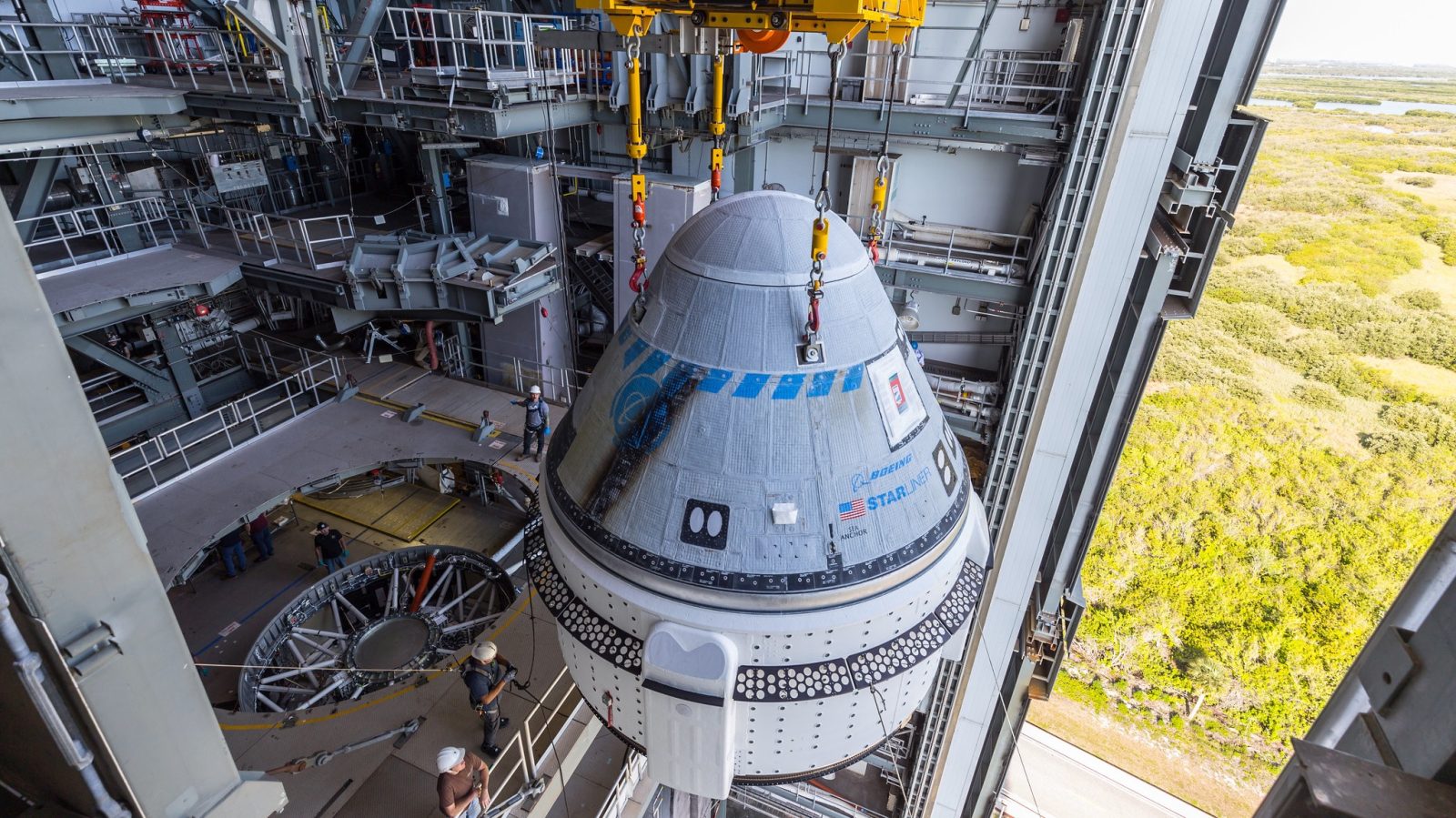
Last week Boeing and ULA rolled a Starliner spacecraft from the former’s facilities on Kennedy Space Center to the latter’s launch site on Cape Canaveral Space Force Station. With that, final checkouts are underway before two NASA astronauts climb inside and fly it to the ISS and back.
Expand Expanding Close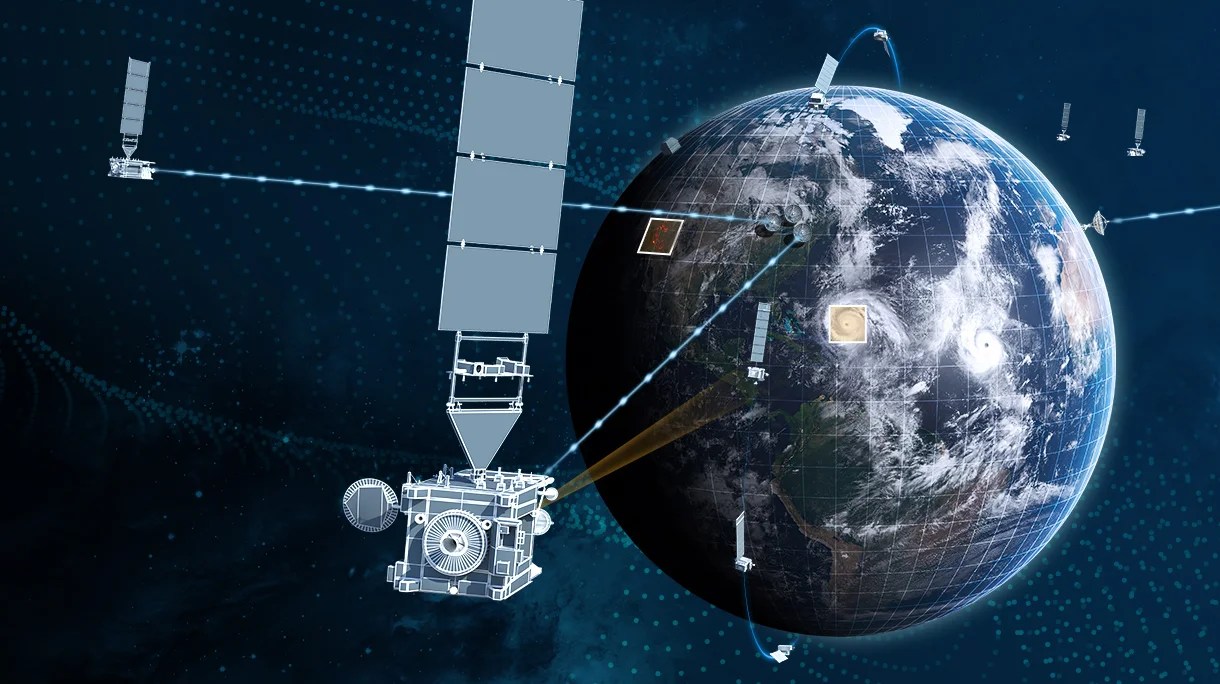
The United States space industrial base is currently facing significant challenges due to a surge in demand for small satellites, which are crucial for national security space programs. This rising demand is revealing vulnerabilities in the supply chain as the military seeks rapid deployment of satellite constellations.
Expand Expanding Close
This week we’re looking to be a rather busy one with a launch everyday from either SpaceX, China, and Rocket Lab up to Friday. China will be launching its next crew rotation to their space station and SpaceX might have a four launch week.
Expand Expanding Close
The FAA has made a new rule that any spacecraft that plans to reenter after launch must obtain its reentry license from the administration prior to launch. This was created out of safety concerns and experiences learned during granting Varda Space the first ever Part 450 reentry license.
Expand Expanding Close
One year ago SpaceX launched its first fully integrated Starship rocket, which in my opinion is the start of the Starship era of spaceflight. While that mission was far from 100% successful, this new era is truly changing the way people look at the future of heavy lift rockets.
Expand Expanding Close
This week Seth is joined with former NASA astronaut Terry Virts to discuss their experiences witnessing April’s total solar eclipse. To finish the discussion, Virts goes into detail about what it’s like taking photos from space and the workflow of getting them to NASA and out on social media.
Subscribe:
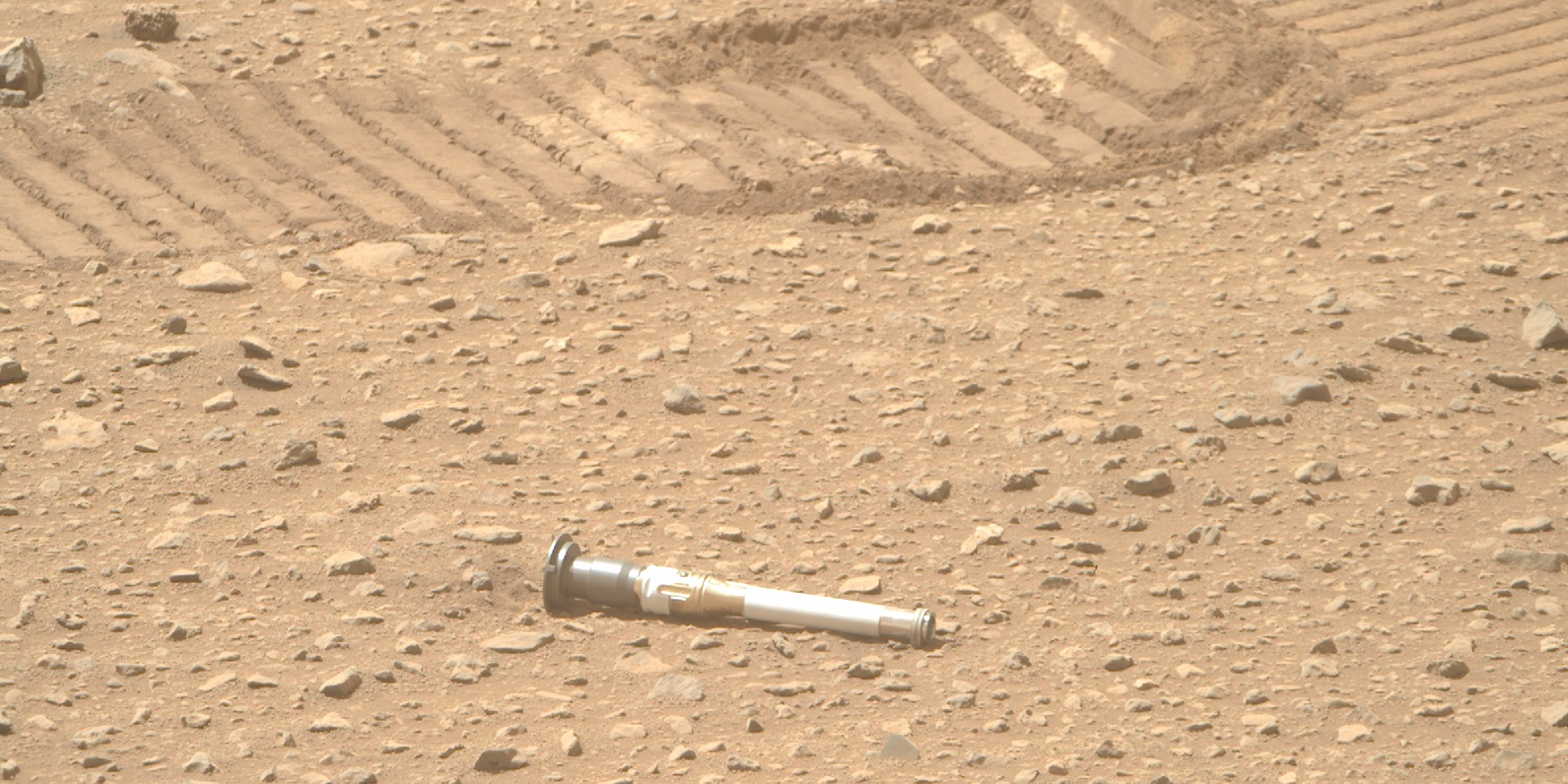
In what I’ve always viewed as a bold move by NASA, since 2021 Perseverance has been collecting Martian core samples for future return. The issue is a return plan wasn’t finalized or paid for before launch, which in recent years has been under attack by Congress who wants a lighter budget. On Monday NASA conceded to complaints that it’s too expensive.
Expand Expanding Close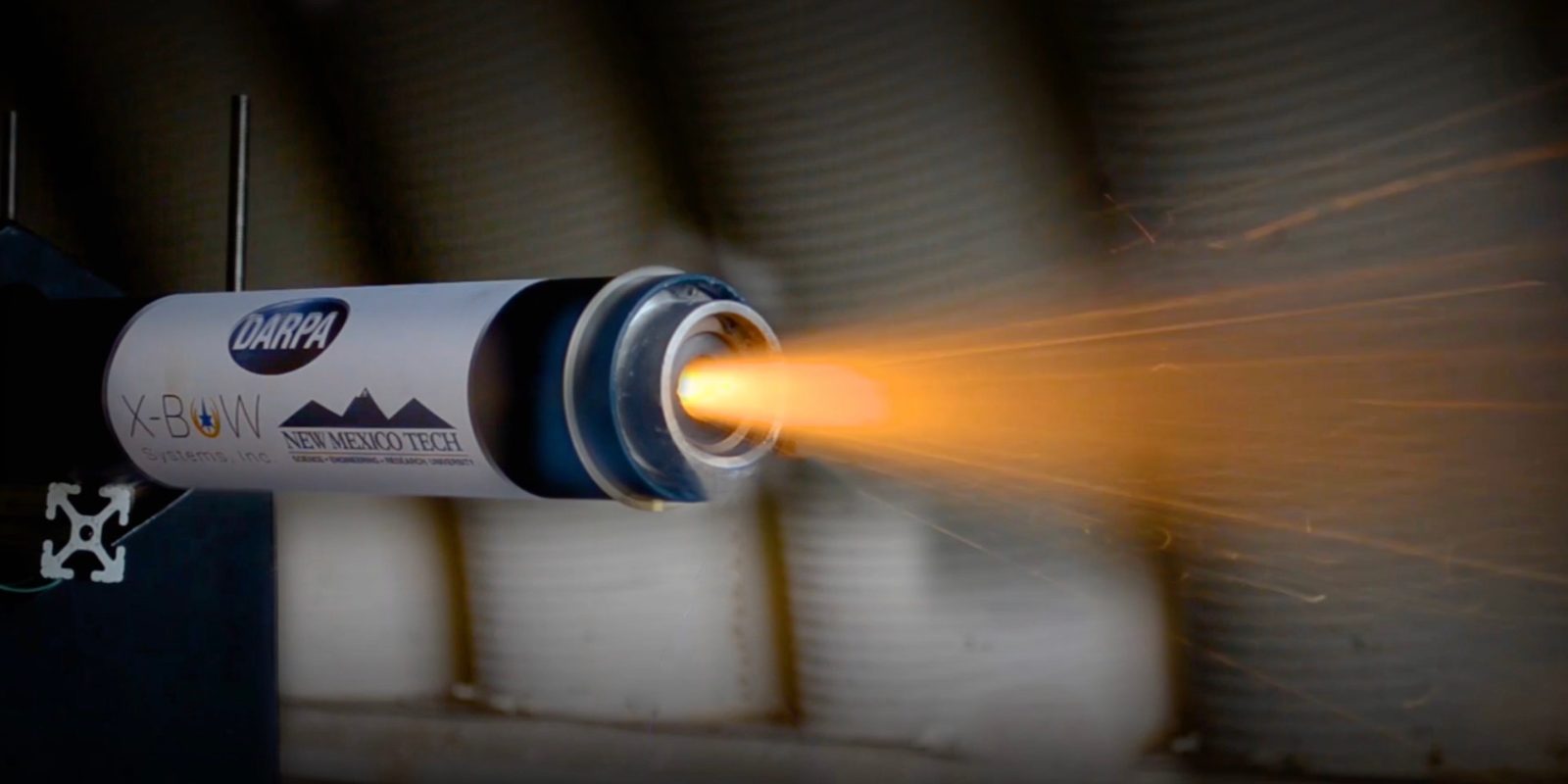
In an era defined by rapid technological advancements and escalating global tensions, the U.S. Department of Defense is strategically diversifying its solid rocket motor suppliers to mitigate risks associated with a concentrated supply chain. This move aims to revitalize domestic production capabilities for solid rocket motors, essential components in the arsenal of hypersonic weapons, conventional weapons, and nuclear missiles.
Expand Expanding Close
NASA revealed its comprehensive Space Sustainability Strategy April 9, aiming to tackle the escalating threats posed by space debris in Earth’s orbit. This initiative, as detailed by NASA Deputy Administrator Pam Melroy during the 39th Space Symposium, prioritizes understanding the complex nature of space sustainability and developing methods to mitigate associated risks.
Expand Expanding Close
This week we’re only seeing three launches, all of which are from SpaceX and two of those are for Starlink missions out of Florida. About what we expect from a company doing the majority of Earth’s launch capability.
Expand Expanding Close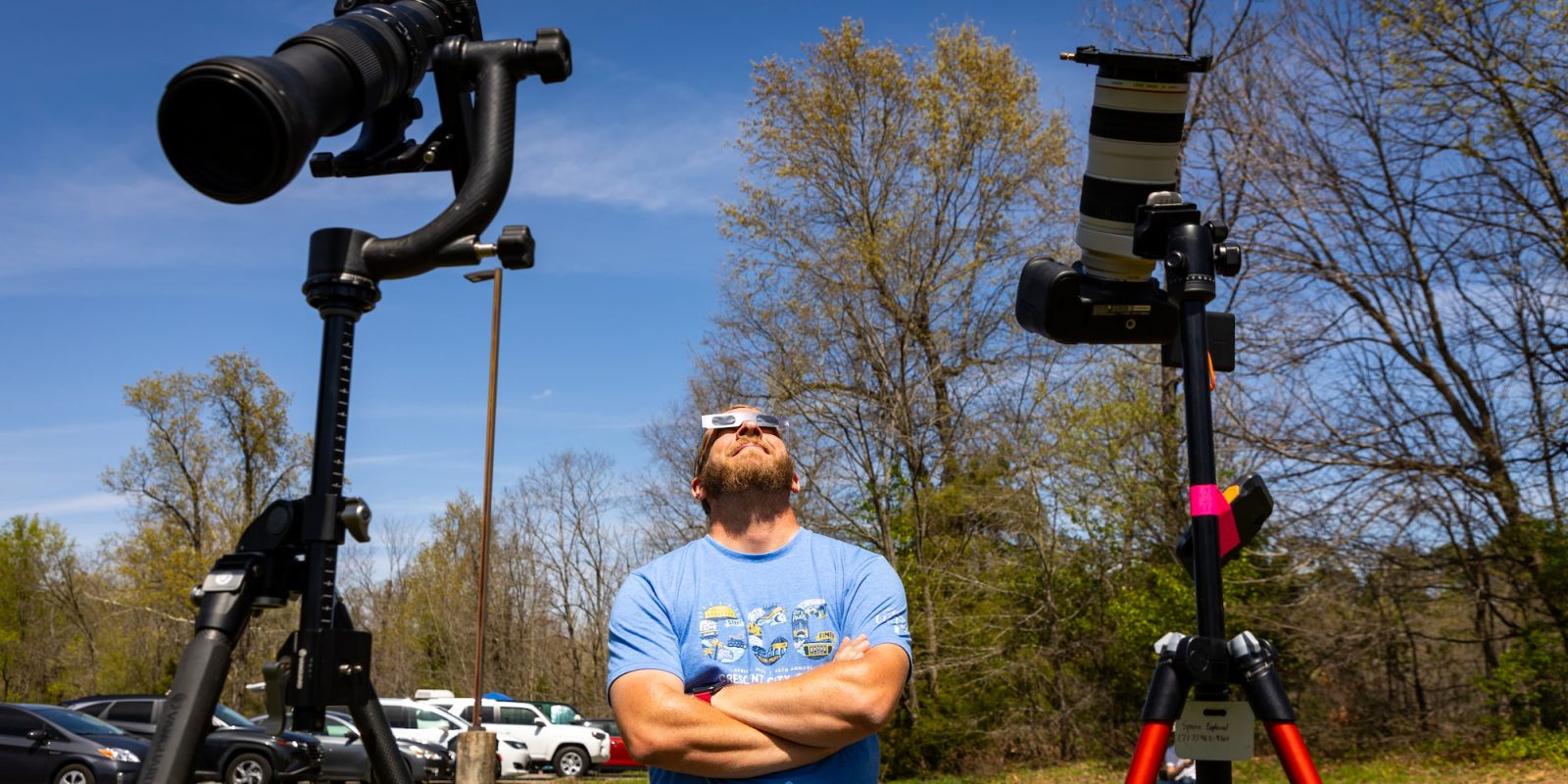
You’ve probably had those eclipse glasses laying around for the last week, unsure of what to do with them and inching them closer and closer to the trash bin. But don’t! There’s a much better place to send them if you don’t plan on using them again.
Expand Expanding Close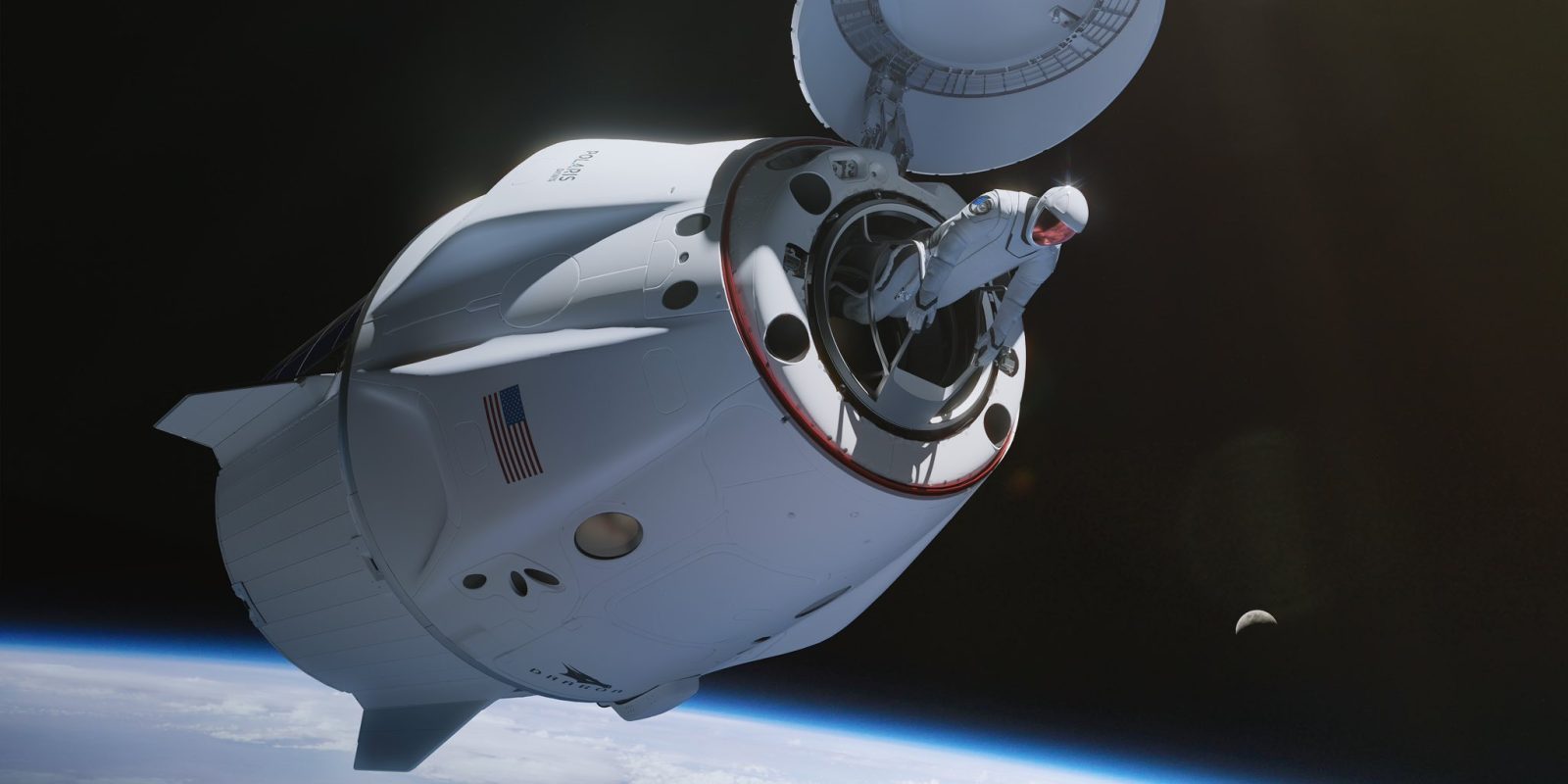
Things are slowly falling into place for the Polaris Program‘s first mission, Polaris Dawn. The mission is nearing milestones that might finally give it a launch date that will actually hold.
Expand Expanding Close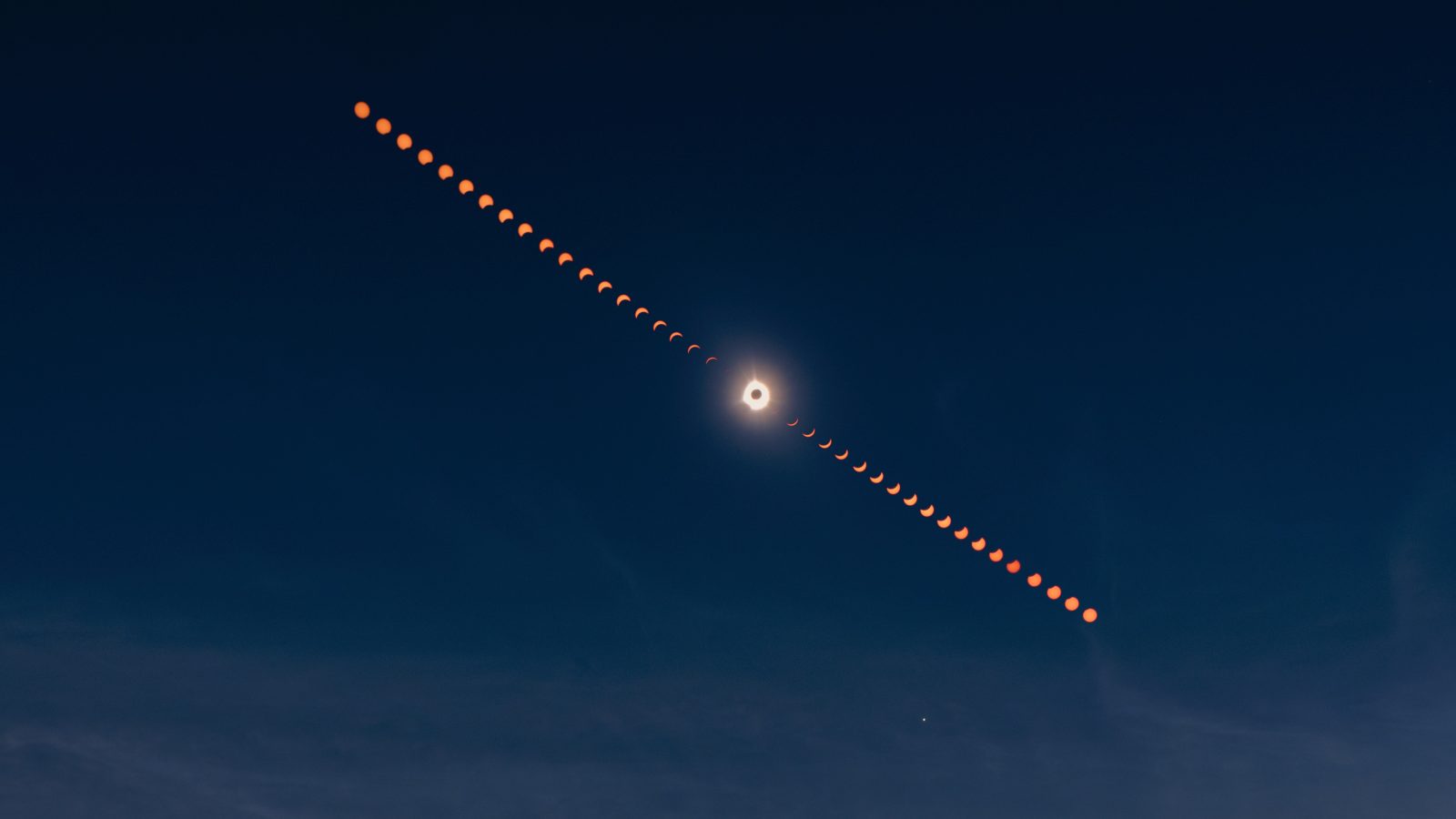
Last Monday North America got to witness the most unique solar event that can ever happen, a total solar eclipse. If you didn’t get to travel to, or be lucky and just live in, the path of totality, you most likely missed out on the fun. So if you are determined to not miss the next one, where do you have to be and when is the next total solar eclipse?
Expand Expanding Close
Friday evening SpaceX launched a Starlink mission that while not newsworthy anymore, the booster it launched on was. B1062, first launched in 2020, has now reached the big 20 mission milestone.
Expand Expanding Close
NASA estimates that the Milky Way Galaxy is home to at least 100 billion planets. Others believe it could be anywhere from 200-300 billion. Using data from exoplanet-hunting missions such as Kepler, Gaia, and now James Webb, we can identify and confirm their existence. So, how many exoplanets have been discovered?
Expand Expanding Close